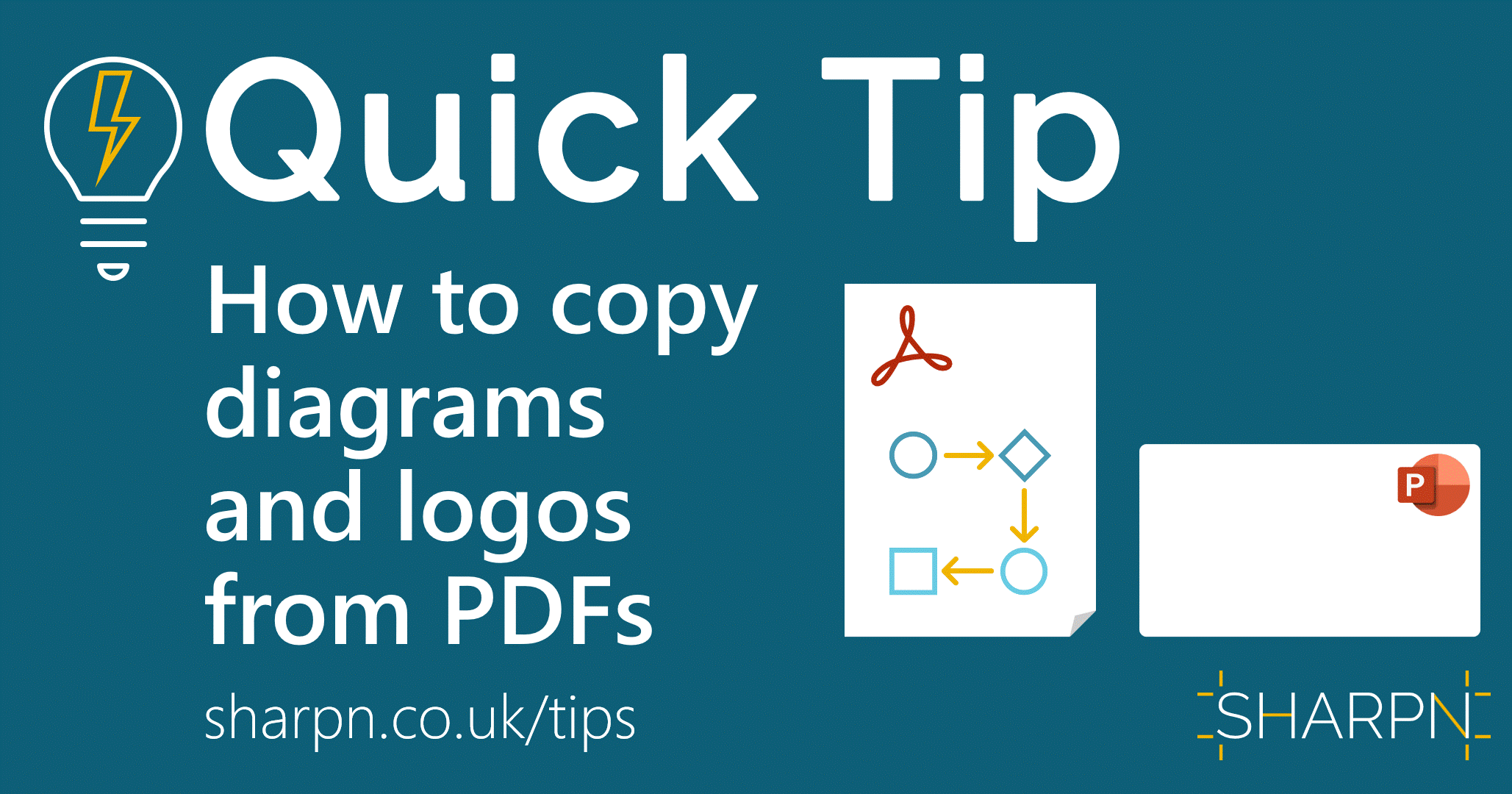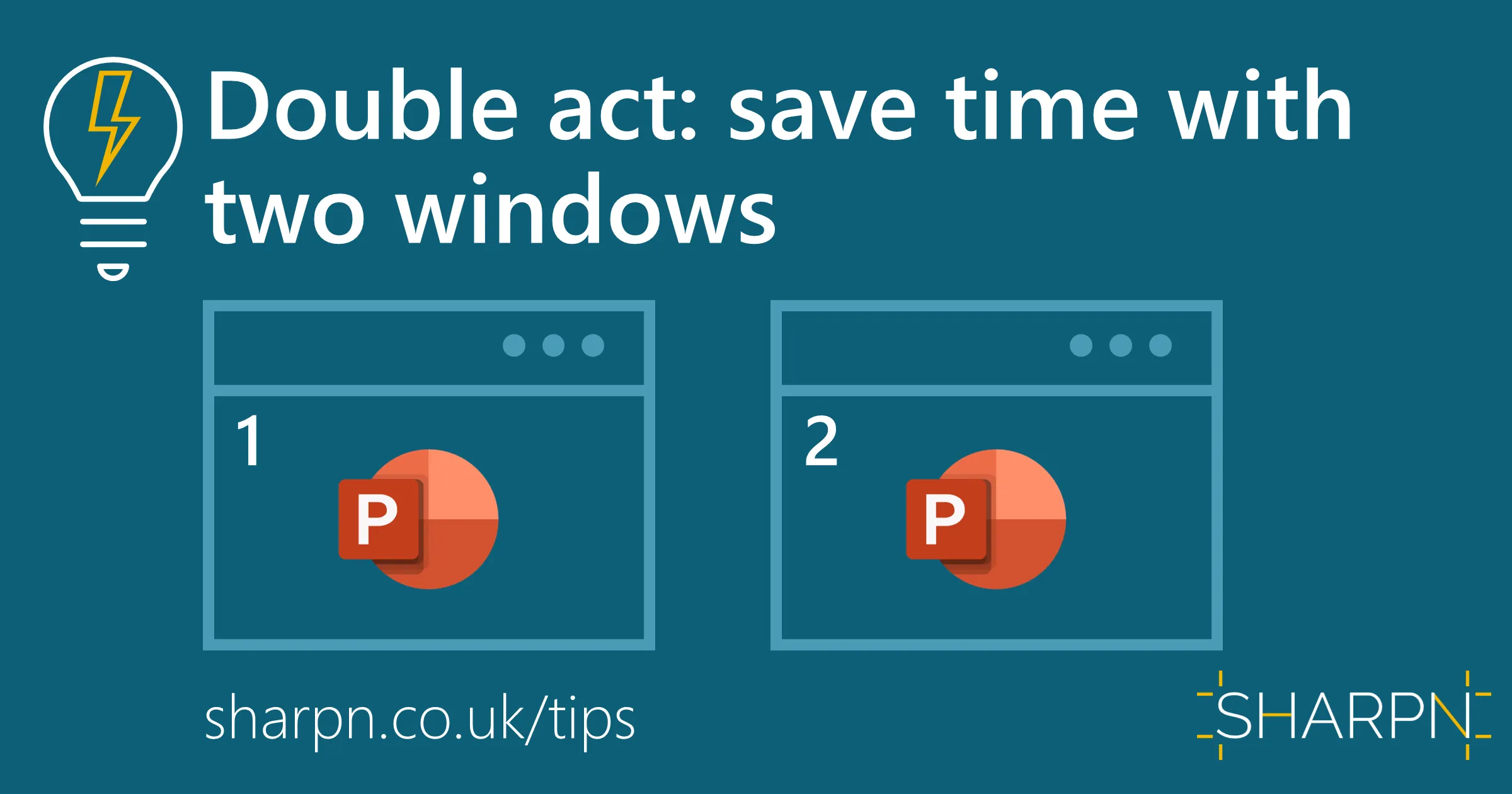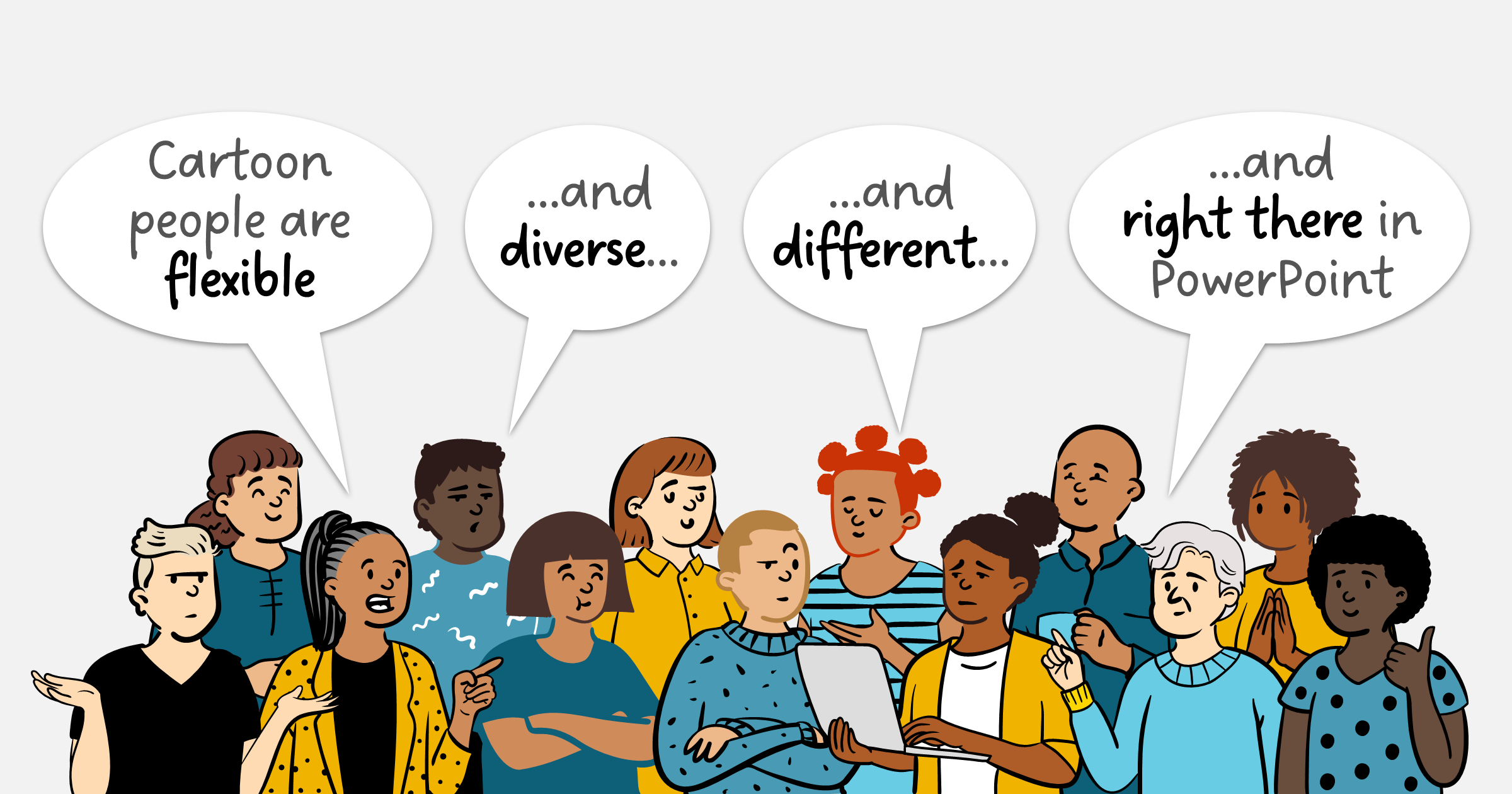


How to extract diagrams and logos from PDFs into PowerPoint
Have you ever had a diagram in a PDF that you want to reuse? Or a logo you can’t find anywhere else? You may have resorted to taking a screenshot and pasting it into your slides. That’s not ideal: you can’t edit it so the colours and fonts won't match your deck. And it could look a bit grainy.
A better way is to convert the PDF to SVG and then grab the drawing you need. And since many people don’t have access to PDF editing tools, here’s a free way to do that.
Step 1: Convert PDF to SVG and import to PowerPoint
- Use CloudConvert to convert your PDF. Create a free account if you use up your daily limit. Other sites are available, but CloudConvert has always converted reliably for us. In the options (spanner icon) you can specify which pages you want if it’s a long document.
- Save the SVG(s) somewhere. If your PDF has more than one page, you will receive a zip file with an SVG for each page.
- From Windows Explorer (or File Manager on a Mac) drag the SVG you want onto one of the slides in your deck. A picture of the PDF page should appear looking more or less like the PDF.
Step 2: Delete everything you don’t need
- At the moment, the whole page is a single graphics object. You usually only need part of the page. The first step is to change the SVG to a PowerPoint shape object using Graphics Format > Convert to Shape. (Tip: Windows users can Ungroup instead using CTRL+SHIFT+G and saying Yes to the question that pops up.)
- Ungroup this shape collection (Windows: CTRL+SHIFT+G, Mac: Cmd+Option+Shift+G)
- Delete what you don’t need.
- Done. Now you can recolour to match your deck and even edit or add to the diagram.
This process may not work perfectly every time. Even though SVG is a standard vector language, different programs create SVGs and PDFs in different ways. Check the list of watch outs below.
Watch-outs
The most important thing is copyright: are you actually allowed to use the image in the PDF that you want to grab? We can’t provide any advice on that – so please stop and think, and if you’re not sure, consult someone.
Next: privacy. One of the reasons we like CloudConvert is that they make all the right noises about privacy and security. But we are not qualified to vouch for them. So before you upload that PDF to the internet, check that it’s OK for you to do that.
Text can be a bit tricky. In the options settings (the spanner icon) you have two choices. The first - import text as shapes - will give you an SVG that looks the same as the source, but you can’t edit it. Importing text as text will guess an appropriate font but won’t look the same; plus each letter may end up in it’s own separate text box so you still can’t edit it. Neither version is ideal. In short, this process is for vector images: if you want text there are plenty of other tools; Google it.
If you are looking for an exact image of a page (say for the front cover of a report) then converting the PDF to PNG may work better for you.
Want more tips like this in your inbox?
It's useful*
It doesn't flood your inbox (monthly-ish).












